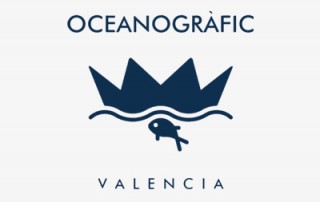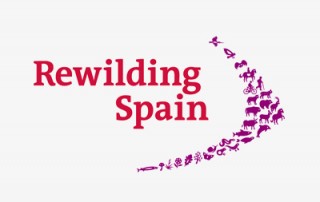Participants
Here’s a sample of participants already registered for the meeting:
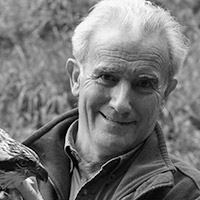
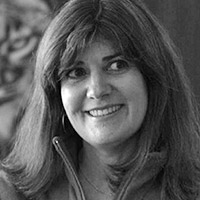
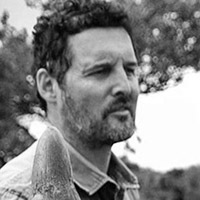
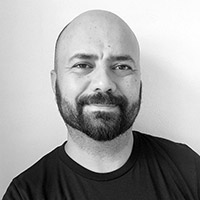
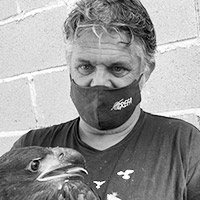
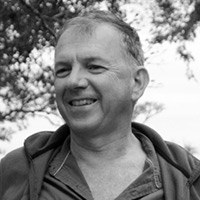
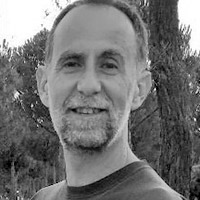
 Based on the UK, Tony is Conservation & Reintroduction Coordinator for the Aspinall Foundation. He has worked for two decades on implementing and assessing success of conservation translocation projects with the Foundation, primarily with western gorillas in Central Africa but also with various other large mammals including Javan gibbons and langurs, European bison, and Eastern black rhino.
Based on the UK, Tony is Conservation & Reintroduction Coordinator for the Aspinall Foundation. He has worked for two decades on implementing and assessing success of conservation translocation projects with the Foundation, primarily with western gorillas in Central Africa but also with various other large mammals including Javan gibbons and langurs, European bison, and Eastern black rhino.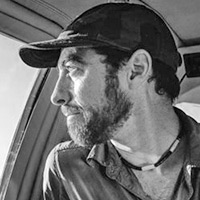
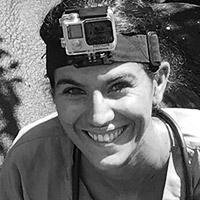
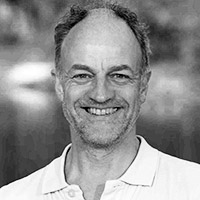
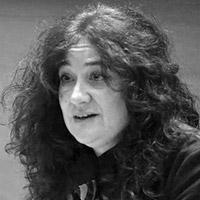 María Jesús is Director of Conservation Programs for the General Directorate of Sustainability of the Junta de Extremadura (Spain). She has more than two decades of experience coordinating translocation and reintroduction programs for threatened species in Extremadura with species such as the Iberian imperial eagle, Iberian lynx, Montagu’s harrier, and different species of bats, amphibians, odonata and plants.
María Jesús is Director of Conservation Programs for the General Directorate of Sustainability of the Junta de Extremadura (Spain). She has more than two decades of experience coordinating translocation and reintroduction programs for threatened species in Extremadura with species such as the Iberian imperial eagle, Iberian lynx, Montagu’s harrier, and different species of bats, amphibians, odonata and plants.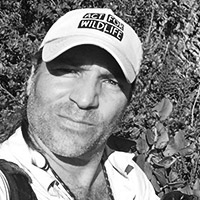
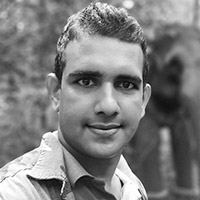
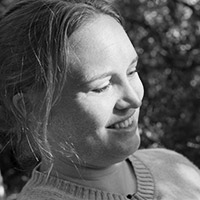
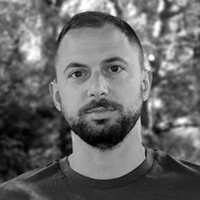
Friederike Pohlin (Research Institute of Wildlife Ecology, University of Veterinary Medicine Vienna)
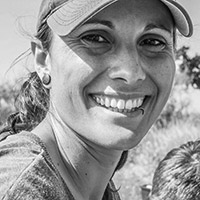
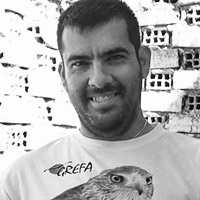
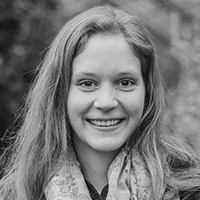

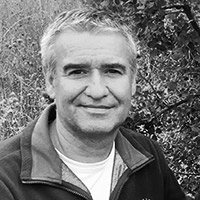
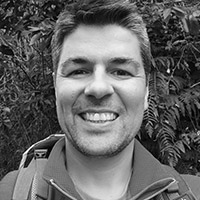
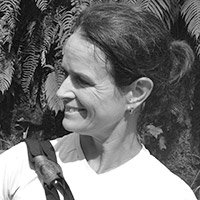
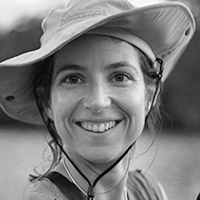
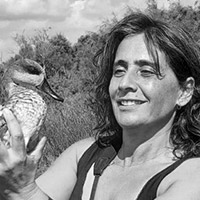 Yolanda is the biologist who coordinates the LIFE Cerceta Pardilla project for the Fundación Biodiversidad. This project includes the captive breeding and release of marbled teals, a species classified as critically endangered in Spain, in several Spanish wetlands to reverse its negative population trend.
Yolanda is the biologist who coordinates the LIFE Cerceta Pardilla project for the Fundación Biodiversidad. This project includes the captive breeding and release of marbled teals, a species classified as critically endangered in Spain, in several Spanish wetlands to reverse its negative population trend.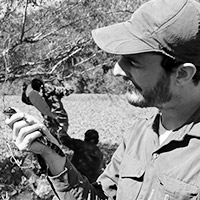 Gerardo coordinates the Rewilding Argentina conservation team in the Impenetrable National Park (Dry Chaco). He’s experienced in capturing and tracking tapirs and jaguars. He currently coordinates projects for the reintroduction or supplementation of marsh deer, yabotí turtles and jaguars, having achieved the successful mating of a wild jaguar with a captive individual.
Gerardo coordinates the Rewilding Argentina conservation team in the Impenetrable National Park (Dry Chaco). He’s experienced in capturing and tracking tapirs and jaguars. He currently coordinates projects for the reintroduction or supplementation of marsh deer, yabotí turtles and jaguars, having achieved the successful mating of a wild jaguar with a captive individual.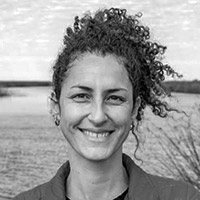 Talía coordinates the Iberá Rewilding project in the Iberá wetlands, including the ongoing reintroduction of eight species of mammals and birds, like jaguars, giant otters and green-winged macaws. She specialized in wildlife management and conservation in Costa Rica and Oxford, and has developed her grade, masters and postgraduate thesis related to species reintroduction in Iberá. She also worked in the project’s communication and promotion program.
Talía coordinates the Iberá Rewilding project in the Iberá wetlands, including the ongoing reintroduction of eight species of mammals and birds, like jaguars, giant otters and green-winged macaws. She specialized in wildlife management and conservation in Costa Rica and Oxford, and has developed her grade, masters and postgraduate thesis related to species reintroduction in Iberá. She also worked in the project’s communication and promotion program.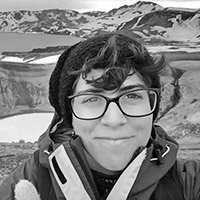
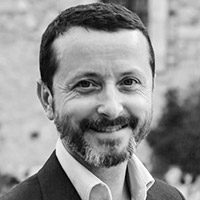
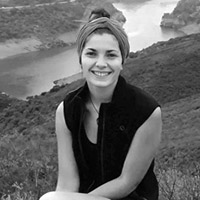
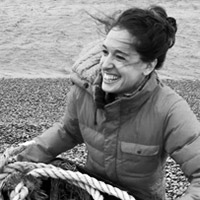
Organizadores
Socios


